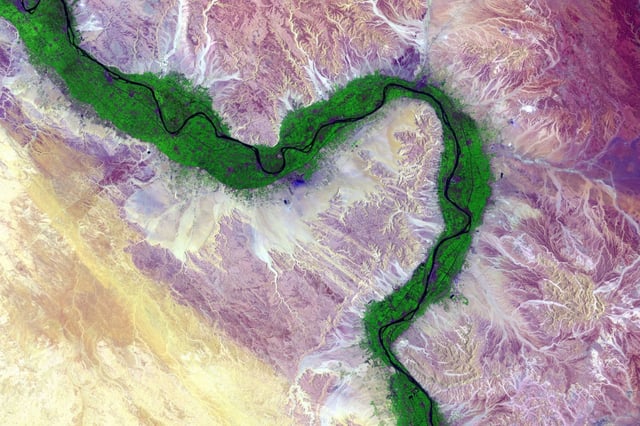Overview
- The framework, published in Nature Climate Change on July 7, integrates three years of research to map ten key biophysical and anthropogenic drivers affecting deltas worldwide.
- Researchers highlight that local human-induced drivers—such as land subsidence, groundwater extraction and intensive agriculture—can produce measurable impacts within years or decades.
- Major deltas including the Rhine, Mekong, Ganges-Brahmaputra-Meghna and Nile support roughly 500 million people facing rising sea levels, sediment starvation and extreme weather.
- Designed for policymakers, engineers and community stakeholders, the model promotes holistic, time- and space-sensitive diagnostics to guide realistic and resilient adaptation strategies.
- Experts and media outlets are urging urgent adoption of the systems framework to coordinate science-based, locally informed actions across vulnerable delta regions.
